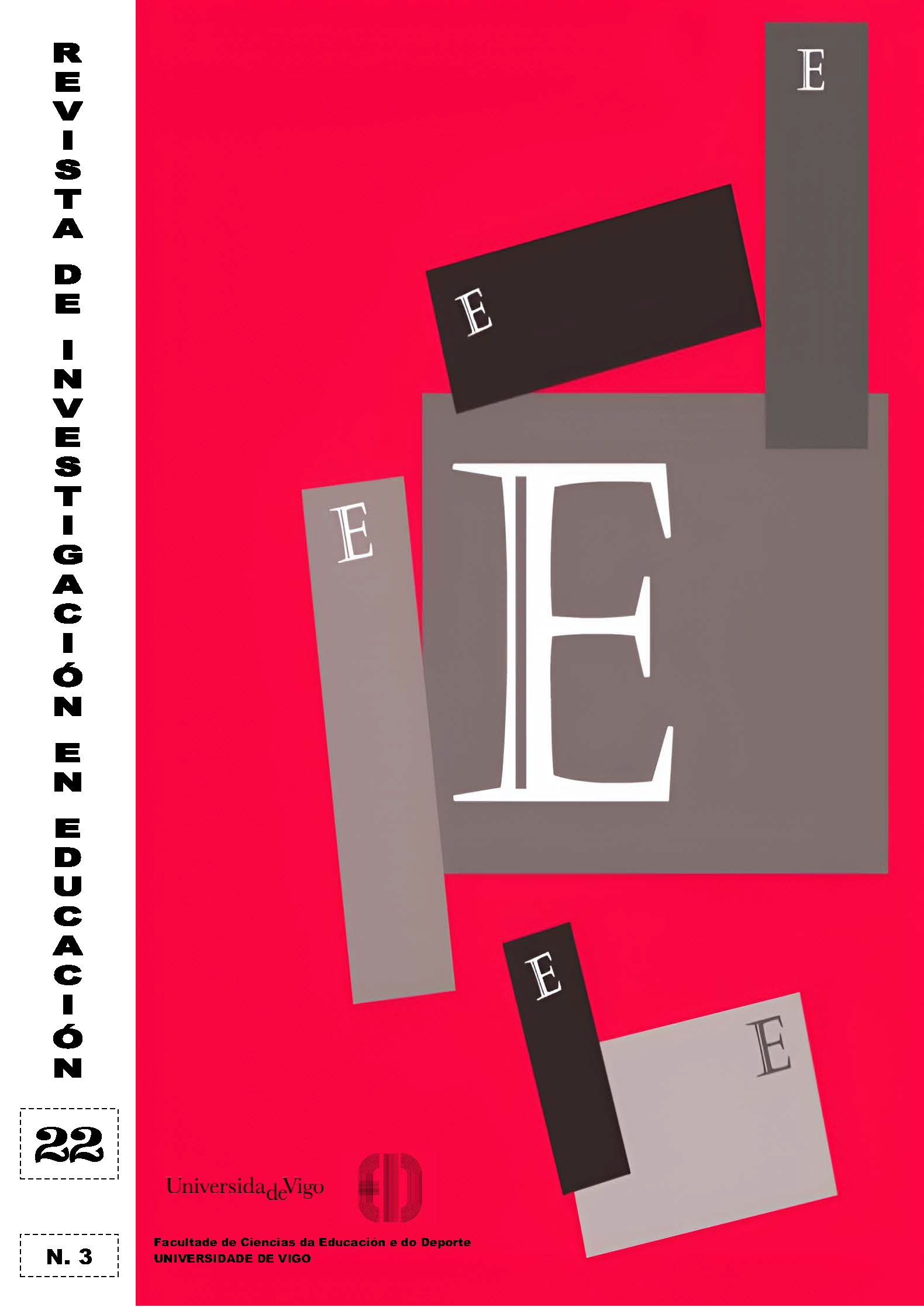Comprensión lectora y resolución de problemas matemáticos: Construcción y validación de la Prueba COL-TPM
DOI:
https://doi.org/10.35869/reined.v22i3.5763Palabras clave:
Comprensión Lectora, Resolución de Problemas, Función Cuadrática, Instrumento de Evaluación, Enseñanza SecundariaResumen
En esta investigación se describe el proceso de construcción y análisis psicométricos de la Prueba COL-TPM. Se elabora una prueba de evaluación del aprendizaje de la función cuadrática basándose en tipos de problemas matemáticos rutinarios y no rutinarios, y niveles de comprensión lectora literal, inferencial y crítico, de estudiantes de enseñanza secundaria pertenecientes a distintos establecimientos educativos municipales, cuyas fases previas incluyeron la revisión bibliográfica, la validación aparente, validez de contenido por juicio de expertos, validez de constructo, la construcción de la versión final, aplicación piloto, análisis de los índices de dificultad, discriminación de los problemas y confiabilidad. A partir de los análisis psicométricos, se obtuvo una prueba con resultados positivos en todos los casos, con índices de discriminación y confiabilidad apropiados. Sin embargo, los expertos dieron sus opiniones y/o sugerencias sobre las preguntas de los problemas, y los cambios propuestos fueron modificaciones en la redacción de algunas de las preguntas y la eliminación de otras. La versión final de la prueba que consta de cinco problemas de aplicaciones de la función cuadrática con diez preguntas cada uno, sometida a diferentes fases teóricas y metodológicas, permite aportar certezas sobre su capacidad de evaluar de manera válida y confiable, los niveles de habilidad de comprensión lectora de los estudiantes, cuando se ven enfrentados a la resolución de un tipo de problema matemático verbal, contextualizado a una función matemática específica.
Descargas
Publicado
Número
Sección
Licencia
Derechos de autor 2024 Revista de Investigación en Educación

Esta obra está bajo una licencia internacional Creative Commons Atribución-NoComercial-SinDerivadas 4.0.
El copyright de los artículos publicados pertenece a la Facultad de Ciencias de la Educación y del Deporte de la Universidade de Vigo. La aceptación del trabajo para su publicación implica que los derechos de impresión y reproducción serán propiedad de la Revista. La revista permite al autor depositar su artículo en su web o repositorio institucional, sin ánimo de lucro y mencionando la fuente original. Las condiciones de uso y reutilización de contenidos son las establecidas en la licencia Creative Commons CC BY-NC-ND 4.0 (Reconocimiento - No Comercial - Sin Obra Derivada).



